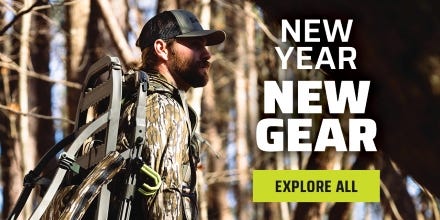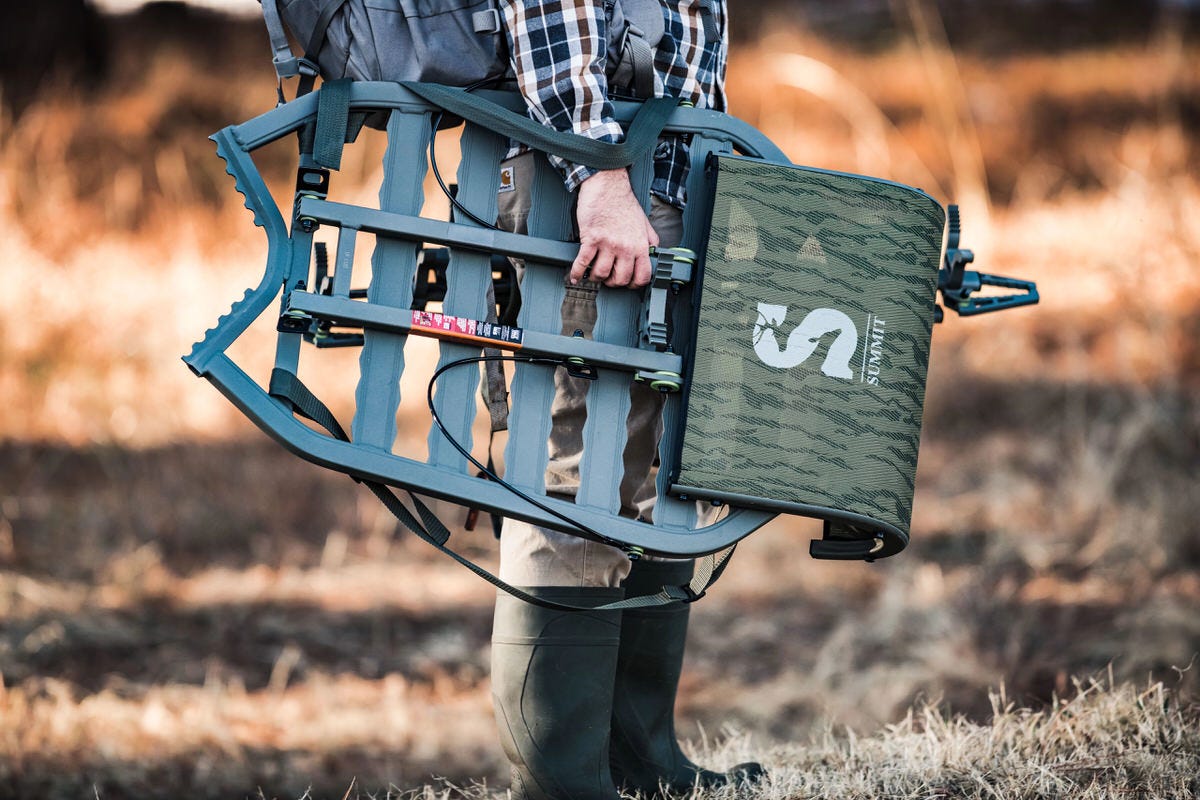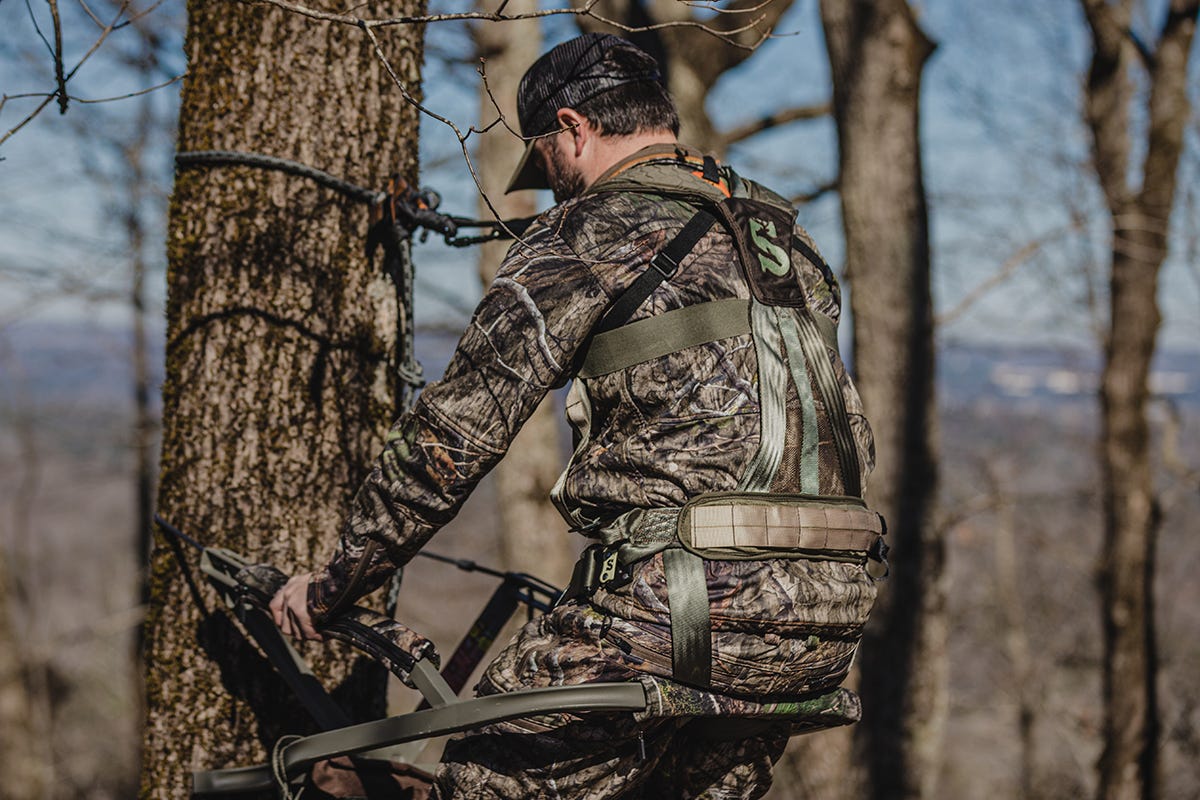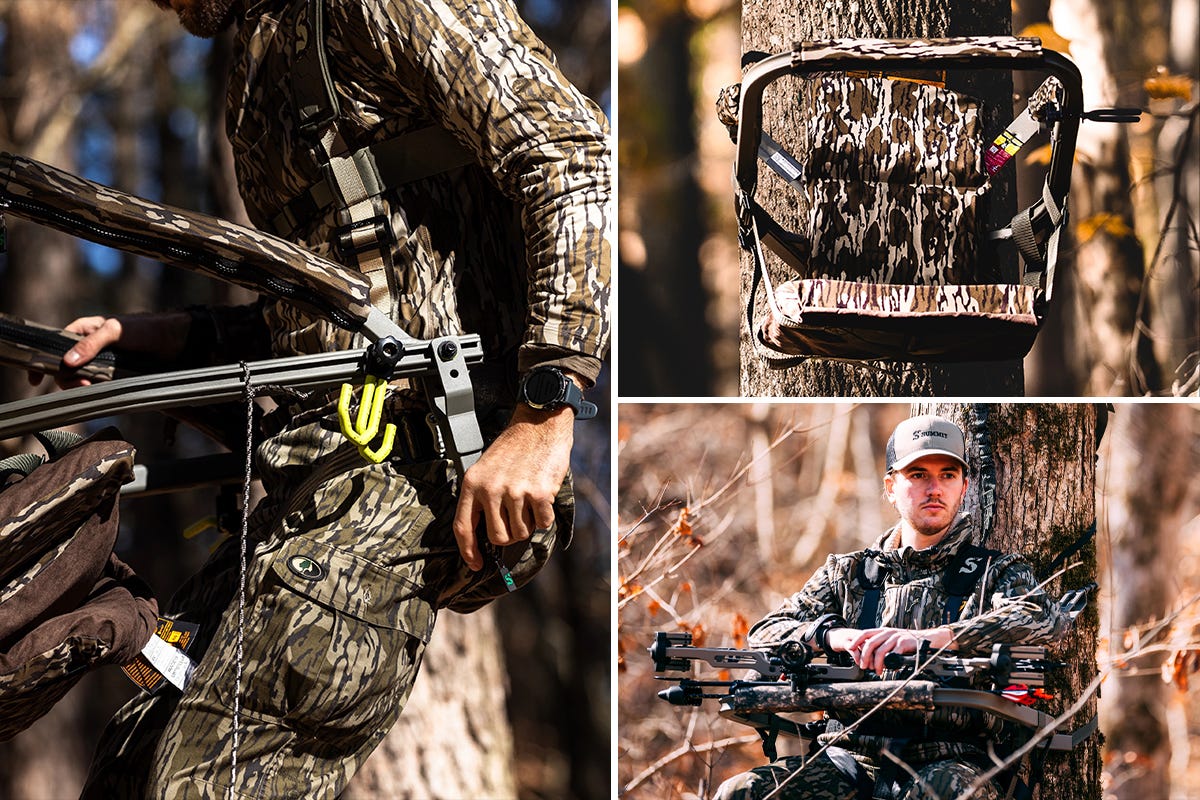- Sep 29, 2017
Finding the Perfect Tree For Your Treestand
There are over 3 trillion trees in the world. With numbers like that, finding the ideal one to place your tree stand should be easy. Yet when you factor in the requirements for the perfect deer hunting tree, 3 trillion begins to seem like it’s not enough. But don’t be deterred, because the right tree is an important part of a successful hunt. Here are a few things to consider when scouting for that perfect tree.
Location
Deer are creatures of habit. Do the legwork to find the travel routes of the deer. If you have a game camera, set it up near these paths. Pay attention to funnels, intersections, or other convergence points that increase the likelihood of activity. Once you understand the deer pattern of behavior, you can start the search for the right tree. The ideal tree will be comfortably within your shot range to the trail it overlooks, but not in the animal’s direct line of sight. Look for a tree that’s just off the path and has a sufficient shooting lane.
Wind
Staying downwind may be hunting 101, but it’s still worth mentioning. Your tree has to position you in a way that the deer never catches your scent. A mature tree gives you the added insurance of being able to place the tree stand higher, so you’re less likely to get busted. Just remember, the higher you go, the more difficult your shot might be. Also factor in how you intend to get to your tree. You’re leaving scent in your wake wherever you go. Be mindful of that, and choose a route to your tree that doesn’t announce your presence. Applying a quality scent elimination product, like D/Code by Code Blue before you head out should be mandatory.
Limbs
The perfect tree isn’t just a shooting platform, it’s also part of your concealment when the limbs help to disrupt your outline. Remove the branches that interfere with setting up your stand and trim to improve your shooting lane. But try to preserve other branches to maintain your stealthy advantage. Look at what’s going on behind you as well. A backdrop with more trees helps break up your profile even better.
Bark
Some trees are made for a tree stand. The Beech isn’t one of them. Its smooth surface leaves nothing for a tree stand to grip. Pine has the advantage of being a softer wood, so your tree stand can really dig in. But pines also tend to sway in the wind, and then there’s the sap and loose bark. Some hunters will set-up on a pine, some won’t. The one tree that all can agree on is oak. It’s solid in the wind with a tough bark that allows your tree stand a firm purchase. And as a bonus there are acorns. Find the right-sized oak in the right location, and you’ve probably found the perfect tree to meet your needs.






